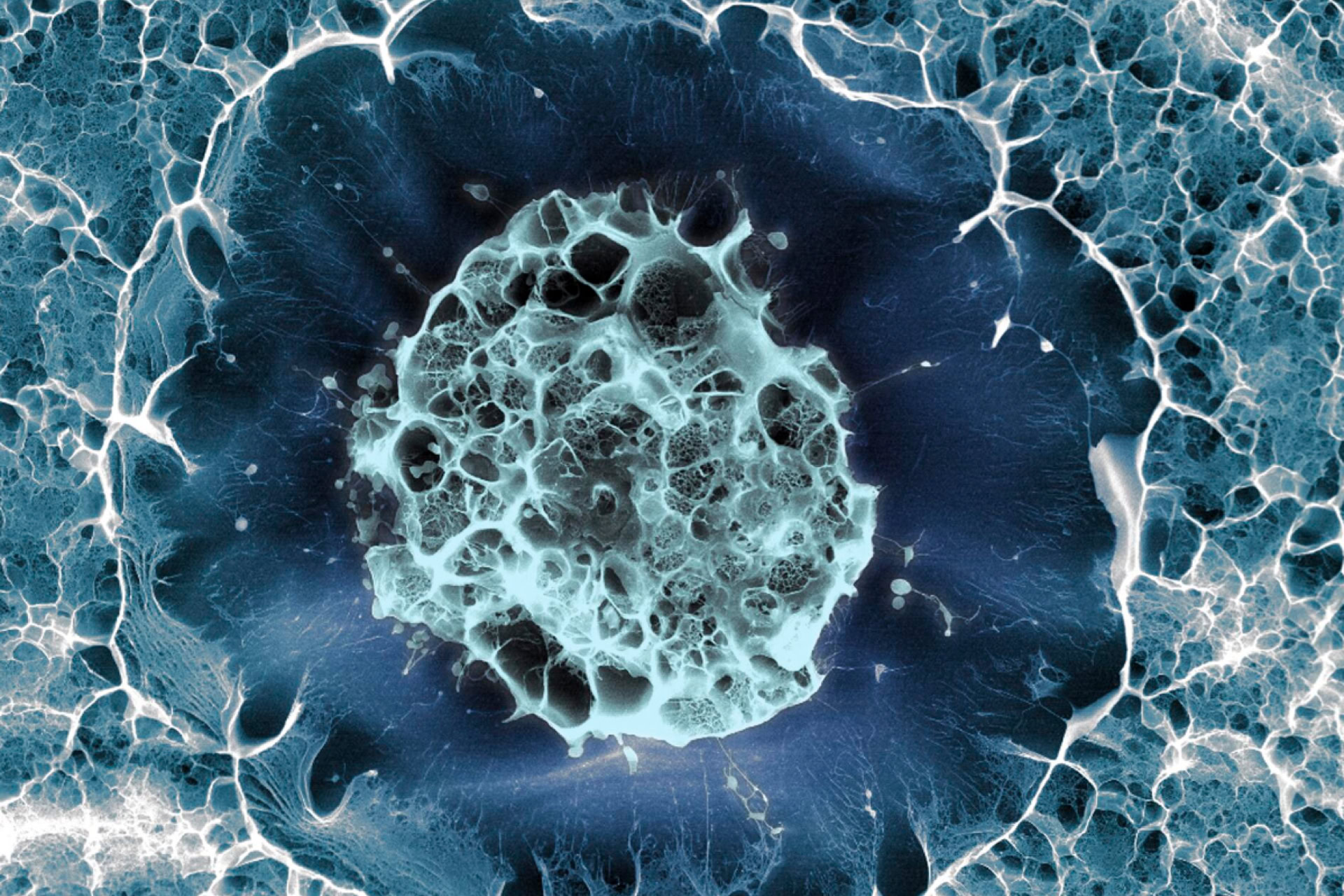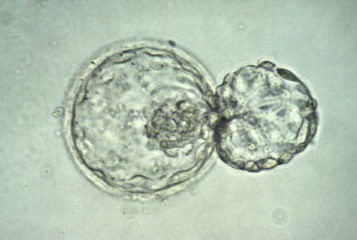Scientists in the US and Korea have announced a new technique for creating embryonic-like stem cells from adult cells. They say that the new method is the first to be completely safe for clinical use and so could bring stem-cell based therapies for a whole host of disorders a step closer to reality.
Embryonic stem cells (ES cells) have the unique properties of being able to divide indefinitely and become any type of cell in the body. Scientists thus believe they have the potential to treat a whole variety of illnesses and injuries by replacing damaged cells. For example, they could be used to regenerate nerves after spinal cord injury in order to prevent paralysis, or to replace the insulin-producing cells lost in diabetes. However, ES cells are ethically controversial as their isolation involves the destruction of human embryos.
Since 2006 there has been much interest in iPS (induced pluripotent stem) cells - normal adult cells that have been reprogrammed to behave like ES cells, and so could be used in therapies and would bypass the ethical issues surrounding ES cells. They also have the advantage that they can be 'tailor-made' from a patient's own cells, reducing the risk of rejection. However, until now methods for creating iPS cells have involved the use of viruses or chemicals that could potentially cause cancer if the cells were transplanted into humans.
In the new study, published in the journal Cell Stem Cell, the scientists used tiny pieces of proteins, called peptides, as vehicles to shuttle four key proteins into skin cells, turning them into iPS cells. The study's co-author, Dr Robert Lanza of Stem Cell and Regenerative Medicine International, Worcester, USA, said: 'This method eliminates the risks associated with genetic and chemical manipulation, and provides for the first time a potentially safe source of iPS cells for translation into the clinic'.
However, Dr Lanza's colleague Dr Kwang-Soo Kim, of the Harvard Stem Cell Institute in the USA and the CHA Stem Cell Institute in Korea, told Nature News that they would 'need many more studies' until this technique could be used in a clinical setting. In particular, the experiments need to be reproduced using adult cells, as in this study they only used cells derived from the foreskin from newborn babies. They also need to demonstrate that the iPS cells can be manipulated to become the cell types desired for different therapies. Nonetheless, the authors plan to seek approval from the USA's Food and Drug Administration to test the cells in humans as soon as possible, although it would be sometime before approval would be likely to be granted.




Leave a Reply
You must be logged in to post a comment.